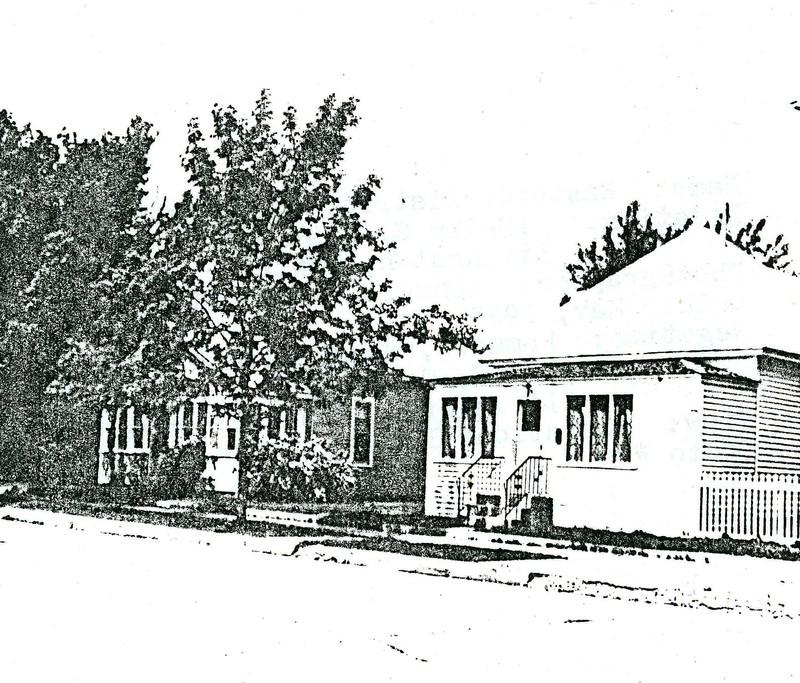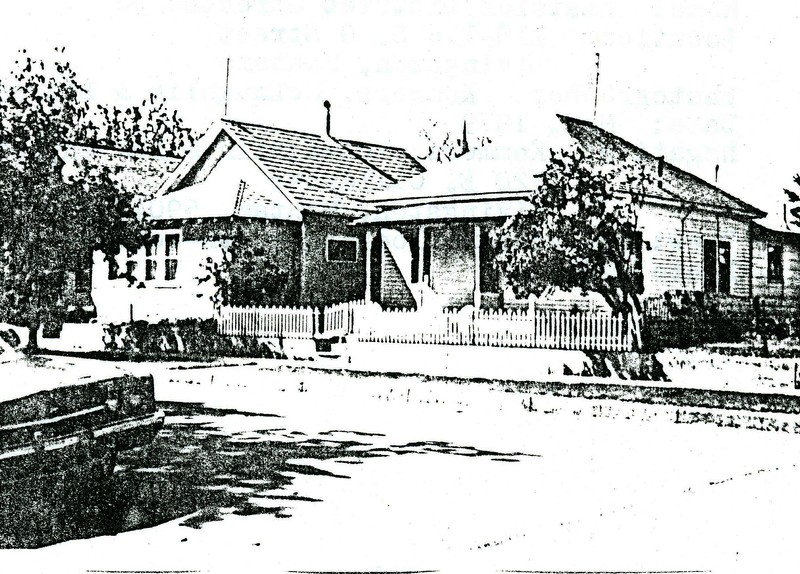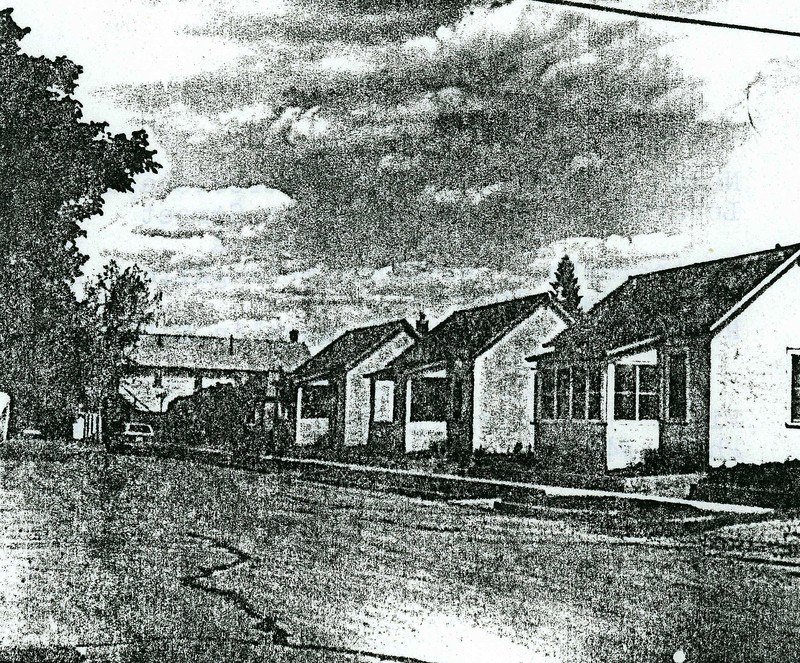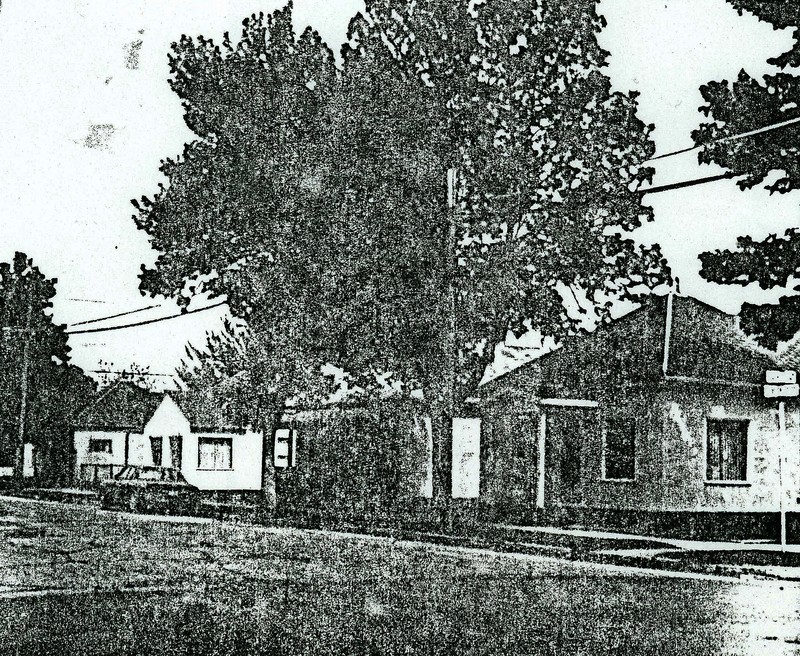Livingston Eastside Residential Historic District

From 1900 to 1910, the Northern Pacific Railroad's good fortunes overflowed into Livingston. Expansion of railroad services brought an influx of blue-collar workers and their families who located on the convenient Eastside, near the railroad shops north and east of the yard. An underground walkway beneath the tracks and emerging at the timekeeper's office was constructed in 1902, providing workers a safe crossing. Carpenters and speculators constructed three-fourths of the small, wood-frame houses in the district before 1907, two or three at a time, to rent or sell to families of modest income. The foursquare, hipped-roof design and simple detailing was easy to build and proved easy to expand. Large enclosed porches, side bays and rear shed-roofed additions account for wide variation, yet the repetition of this basic design unifies the district. A few two-story, gable-roofed residences add visual interest while the Norwegian Lutheran Church (now American Lutheran) built in 1905 provides architectural focus for the neighborhood. Many Scandinavian and Italian families settled here, bringing strong ethnic identities to the district. Today the Eastside continues to be a neighborhood of hard-working families who form the true heart of this railroad town.
Images



